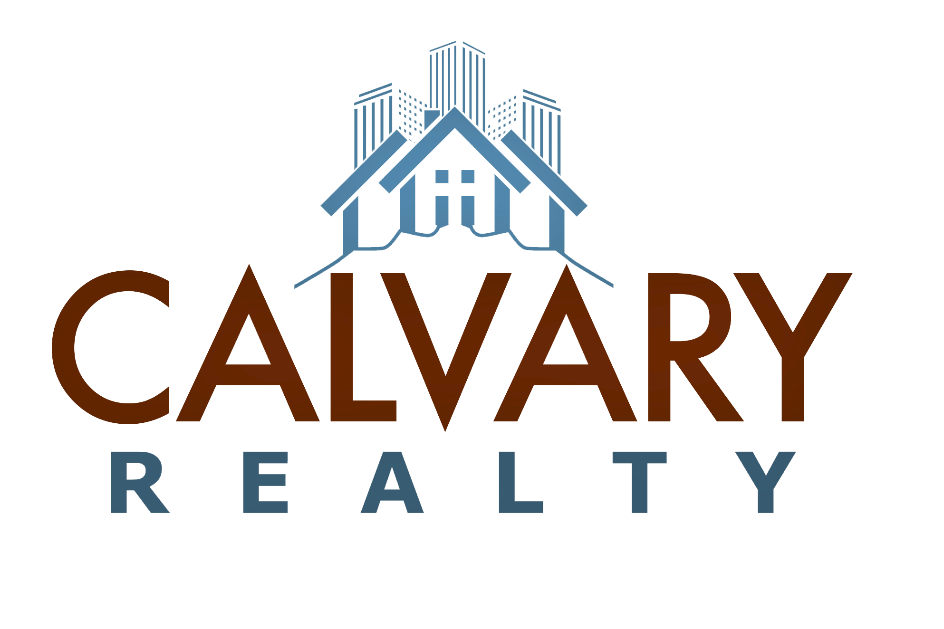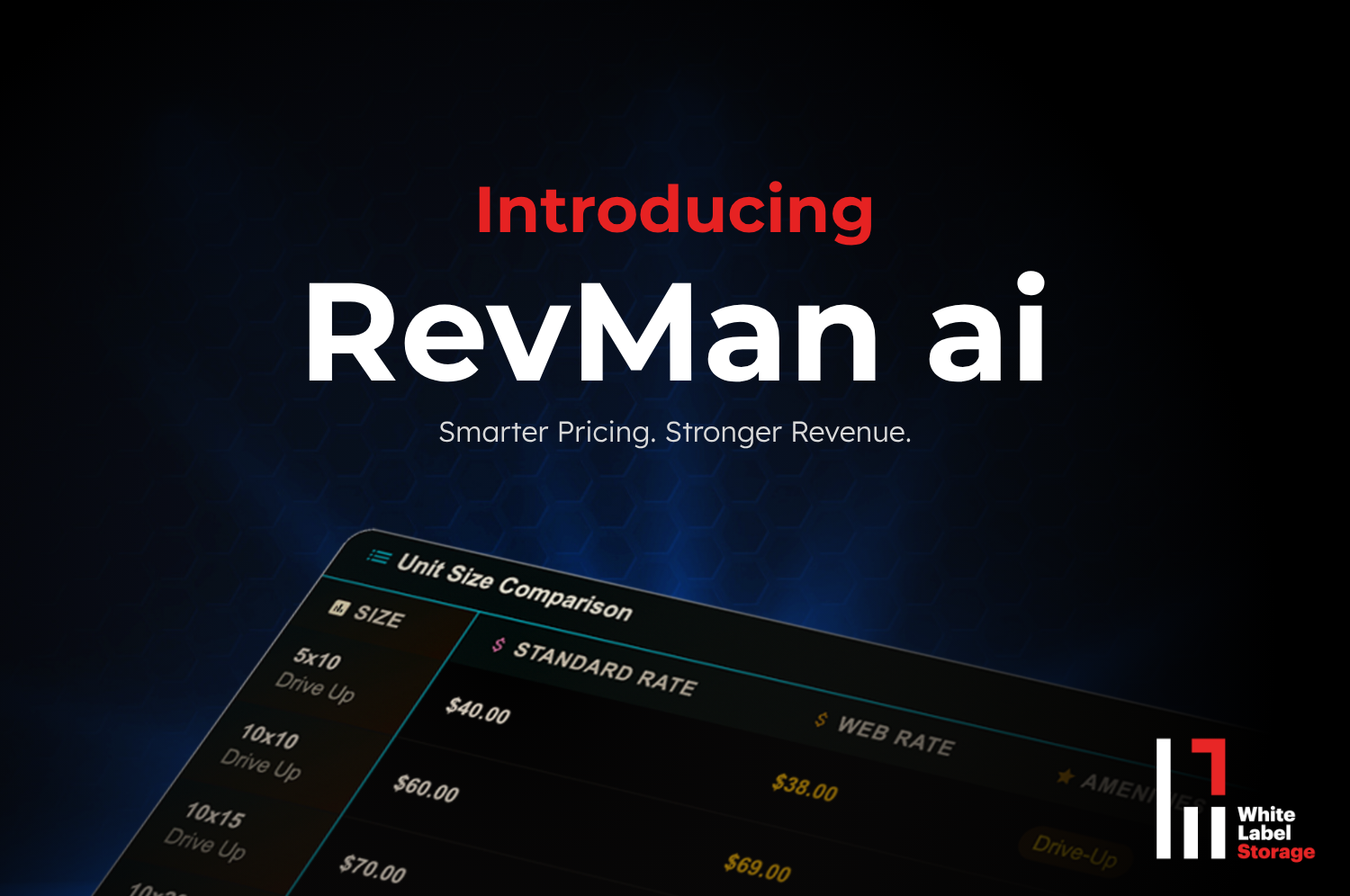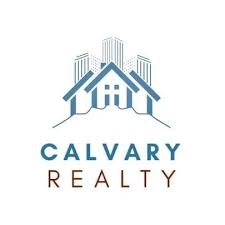As the end of 2025 approaches, the self-storage industry finds itself navigating two converging headwinds: an increasingly active development pipeline and the growing signs of a K-shaped economy. While each challenge is significant on its own, the combination presents a more structural issue for operators, owners, and investors. Development activity remains elevated across many U.S. markets, and despite widespread acknowledgment of “overbuilding,” new supply continues to be delivered. Many people are still underestimating the pace and scale of ongoing development. This point resonates with what we are seeing on the…
Category: Sponsored
Top 10 Most Common Items Stored at a Storage Facility
Hey Money Makers! Brandon Robinson here, National Director at Calvary Realty. Today, we’re diving into a topic that every self-storage owner, manager, and renter should know: the most common items stored in Self-Storage units. Whether you’re using storage for personal or business reasons, there’s a good chance that the items you’re storing fall into one of these categories. Let’s count down from 10 to the #1 most commonly stored item in Self-Storage units across the country! 10 – Exercise Equipment Starting at number ten, we have exercise equipment. With home…
White Label Storage Launches AI Revenue Management Tool to Increase Profitability of Self-Storage Facilities
White Label Storage announced the launch of its new AI-powered revenue management tool, RevMan ai, designed to optimize revenue generation for every facility under its management. By utilizing AI with proprietary data sets, this software further enhances the company’s revenue management capabilities, which will help its clients optimize pricing, maximize occupancy, and increase profitability. “We are thrilled to bring our new RevMan ai online,” said Peter Smyth, CEO and Co-Founder of White Label Storage. “By integrating AI into our revenue management practice, we’re able to provide our clients with the…
What Amount of Rent Increase Is Appropriate for Your Self-Storage Tenants?
One of the most common questions self-storage owners face is: “How much should I raise rents on my tenants?” It’s a delicate balance. Raise rents too little, and you leave money on the table. Raise them too much, and you risk driving tenants away. The key is finding the right middle ground—one that boosts revenue while keeping occupancy strong. Here’s a step-by-step guide to help you determine the right rent increase strategy for your facility. 1. Understand Your Local Market Before making any changes, research what your competitors are charging…
Headwinds Have Subsided – What’s Next?
Anyone following the self-storage market knows that the past few years has provided many headwinds, from different directions – occupancies slipped, aggressive rental rates took down in-place rents, new supply hammered markets and interest rates made selling a serious challenge. As we get ready to close out 2025 many of these headwinds have softened, perhaps it’s more of a gentle breeze with supply pipelines falling off, lease-ups seeing improved operating metrics, the REITs softening their aggressive lease-up rental rates and interest rates flattening or even coming down a touch. Although…
No Pain, All Gain with Unit Remixes from Janus International’s R3
Whether you’ve owned a self-storage facility for years or just purchased your first site, it’s important to always keep a pulse on how trends are shifting in your area. Are you near a college? Locker storage could be a great addition to your mix. Close to a retirement home? Bigger units like 10×10 or 10×20 might be a better option for your site. And at Janus International, the R3: Restore, Rebuild, Replace division specializes in facility remixing for owners who need to adapt their unit mix to changing market demands—whether you’re…
The Hidden Cost of Underwriting: Why Accurate Books Matter More Than You Think
For most self-storage operators, bookkeeping feels like a chore. Leasing units and managing day-to-day operations always take priority. Then refinancing or a sale comes along, and suddenly, messy financials can quietly erase six figures from your property’s value. Many operators assume valuations hinge solely on Net Operating Income (NOI). Buyers and lenders are also evaluating the credibility of that NOI. When income and expenses aren’t clearly documented, they become a risk. That risk shows up through lower offers, tougher loan terms, or extended closing timelines. Take a simple example. Ten…
How Packer Storage Scaled from Two Facilities to Seven & Raised Revenue Portfolio-Wide
Adding new facilities to your portfolio is always exciting, but your operations need to be able to keep up. For Packer Storage, growth came with familiar operational challenges: limited staff capacity, inconsistent site operations from new facilities, and the complexity of modernizing and managing multiple facilities at the same time. The in-house team at Packer Storage did great work managing two facilities, but as the business started acquiring more sites, that model didn’t scale. The owner had acquisition opportunities he wanted to capitalize on, so he hired White Label Storage…
Valuing a Self-Storage Facility: 4 Proven Methods Every Owner Should Know
Understanding the true value of a self-storage facility is essential whether you’re planning to sell, buy, refinance, or simply want to know where your investment stands. Unlike residential real estate, valuing commercial properties like storage facilities requires a deeper look at income, expenses, and market conditions. Here are four key methods that professionals use to determine the value of a self-storage facility. 1. The Income Approach The Income Approach is the most common and practical method for valuing self-storage facilities. It’s based on how much income the property generates compared…
Beyond Occupancy: The 2 KPIs Every Operator Should Be Tracking
In self storage, performance isn’t just about occupancy. It’s about understanding how every marketing dollar, every sales call, and every rate adjustment contributes to long-term profitability. It’s standard to track asset-level metrics like occupancy, NOI, and cap rates. Those are vital for investors, but they don’t tell the whole story. The most successful operators utilize other KPIs, measuring customer-level performance metrics, specifically Lifetime Value (LTV) and Customer Acquisition Cost (CAC). Together, these KPIs form one of the most important ratios in modern self-storage management: LTV:CAC. Why LTV:CAC Matters in Self…










